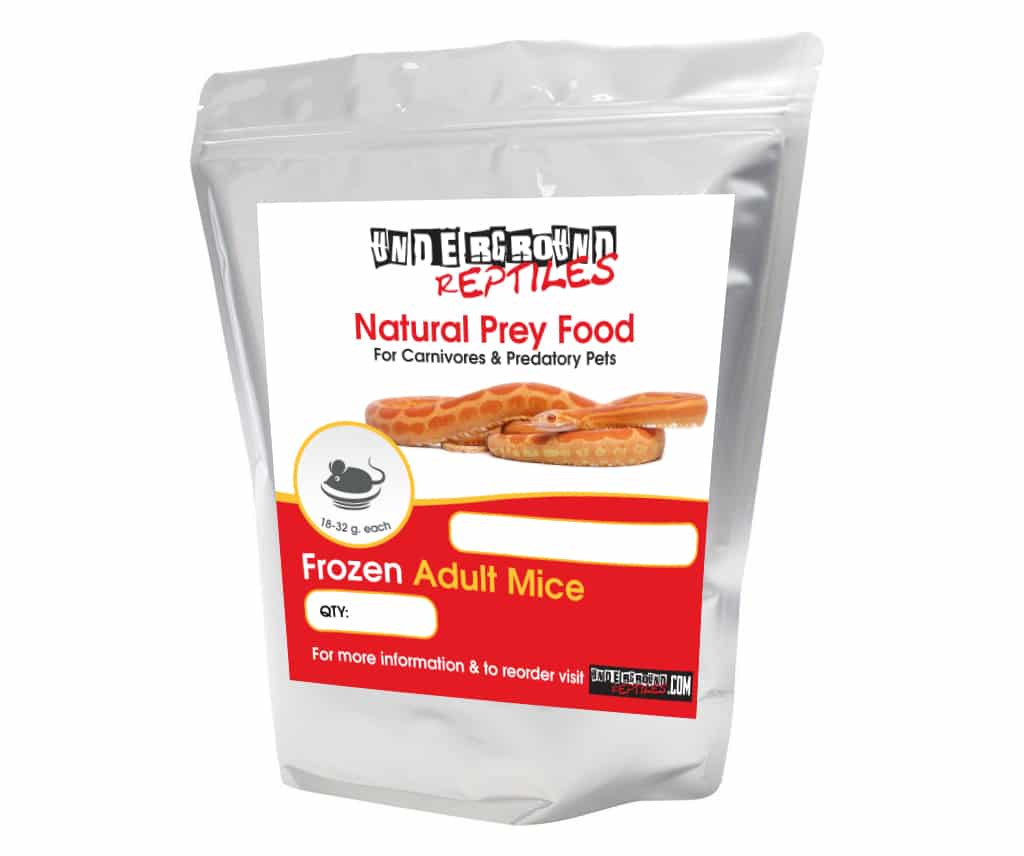

Worldwide, rats and mice spread over 35 diseases to people. No, you can get other diseases from rodents besides salmonellosis. The labels on these packages will include the statement “treated with radiation” or “treated by irradiation” along with the international symbol for irradiation, the Radura.īack to the top Is salmonellosis the only disease I can get from rodents? Some companies may irradiate packages of frozen feeder rodents to lower the risk of Salmonella contamination. You can also get Salmonella germs from touching contaminated surfaces or items used to store, thaw, and prepare feeder rodents, such as countertops, microwave ovens, refrigerators and freezers, kitchen utensils, glasses, and bowls.įreezing does not kill Salmonella, so both frozen and live feeder rodents can be contaminated. The germs can get on your hands and clothes when you touch these animals, their enclosures, or items in their habitat, such as bedding, basking rocks, and food and water dishes. You should consider anything that feeder rodents, reptiles, and amphibians touch as possibly contaminated with Salmonella. The germs can also get on the inside and outside of their cages, aquariums, and terrariums. The animals shed the bacteria in their feces and, in turn, the feces contaminate the environment with Salmonella, including the outside of the animals’ bodies and their habitats.īack to the top How do I become infected with Salmonella from feeder rodents, reptiles, or amphibians?įeeder rodents, reptiles, and amphibians might have Salmonella germs on their bodies even when they appear healthy and clean. Be sure to tell your health care provider if you have had recent contact with reptiles, amphibians, or feeder rodents.īack to the top How do feeder rodents, reptiles, and amphibians get Salmonella?įeeder rodents, reptiles, and amphibians can naturally carry Salmonella in their intestines and show no signs of illness. If you have any symptoms of salmonellosis, call your health care provider. Children under 5 years of age, pregnant women, the elderly, and people with weakened immune systems are at higher risk for salmonellosis and may have more severe symptoms.īack to the top What should I do if I have symptoms of salmonellosis? However, the illness can be serious, even fatal, in some people. The illness usually lasts 4 to 7 days, and most people recover without treatment. People start showing symptoms 6 hours to 6 days after they ingest Salmonella germs. The symptoms of salmonellosis in people include diarrhea (which may be bloody), vomiting, fever, and stomach cramps. These germs can also be found in the aquarium water where certain animals, like turtles or water frogs, live as pets.īack to the top What are the symptoms of salmonellosis in people? These germs can be found in the feces (sometimes called "droppings") of many different animals, such as reptiles, amphibians, rodents, and chickens, or in the areas where these animals live and roam. People get salmonellosis by ingesting Salmonella germs. Salmonellosis is an infection with bacteria called Salmonella. Tips to Reduce the Risk of Salmonella Infection from Handling Pet Reptiles and Amphibians – The Do’s and Don’tsįeeder rodents are mice and rats-both frozen and live-used to feed some reptiles, such as certain snakes and lizards, as well as some amphibians, such as “pacman” frogs.įeeder rodents go by various names, depending on their age: pinkies (1 to 5 days old), fuzzies (6 to 13 days old), hoppers (14 to 20 days old), and adults (21 days and older). Tips to Reduce the Risk of Salmonella Infection from Handling Frozen and Live Feeder Rodents – The Do’s and Don’ts Is salmonellosis the only disease I can get from rodents?

How do I become infected with Salmonella from feeder rodents, reptiles, or amphibians? How do feeder rodents, reptiles, and amphibians get Salmonella? What should I do if I have symptoms of salmonellosis? What are the symptoms in salmonellosis in people? The reptiles and amphibians themselves as well as the feeder rodents fed to some of these animals can be sources of Salmonella infection for people. But pet reptiles and amphibians carry some risks to their owners, such as the potential for Salmonella infection. Reptiles, such as corn snakes, iguanas, and red-eared sliders, and amphibians, such as frogs and toads, are unique creatures and can make for interesting pets. You may be one of the many Americans who owns a pet reptile or amphibian.


 0 kommentar(er)
0 kommentar(er)
